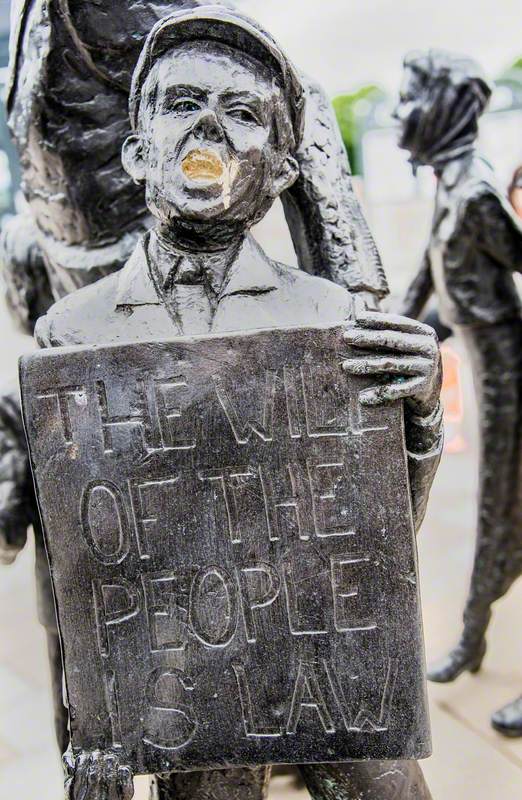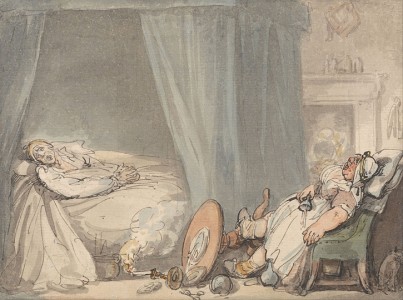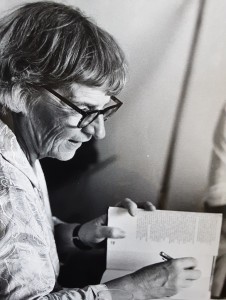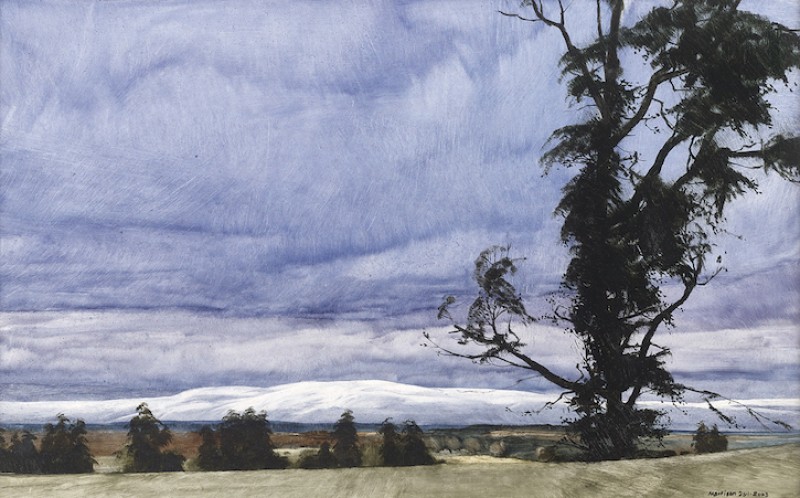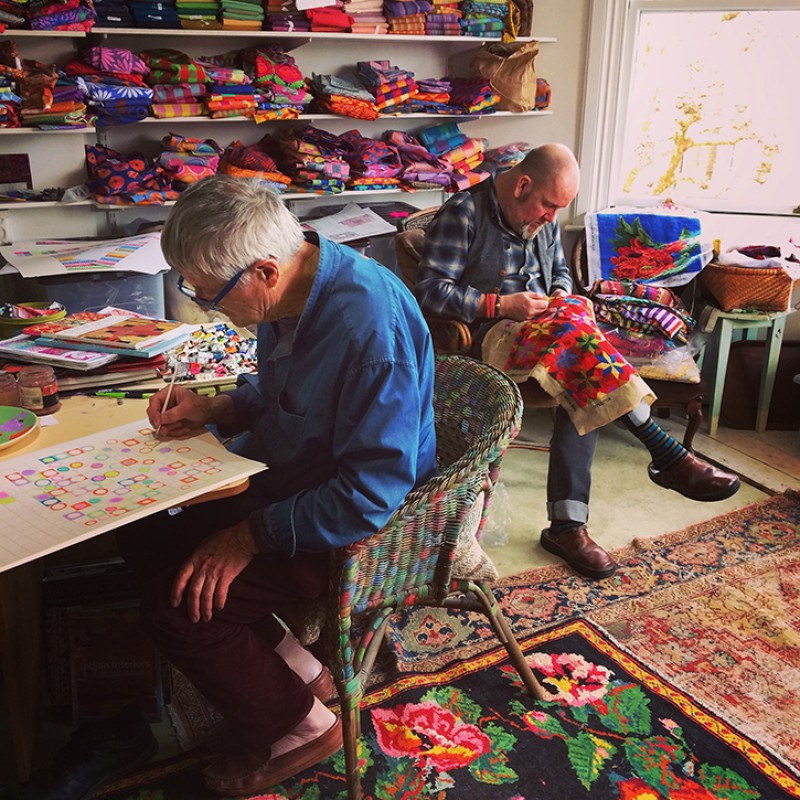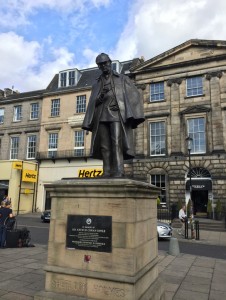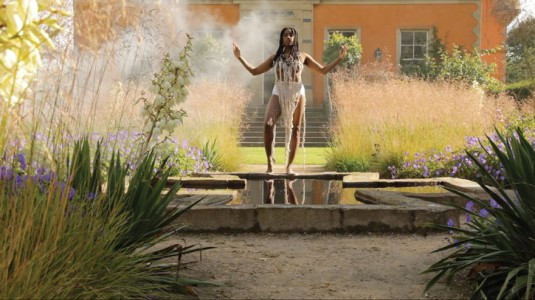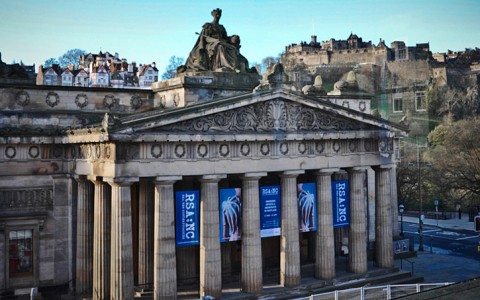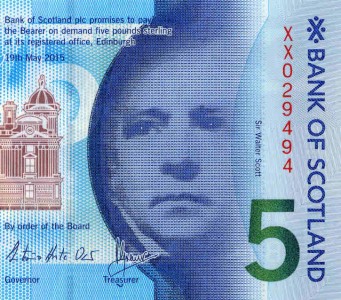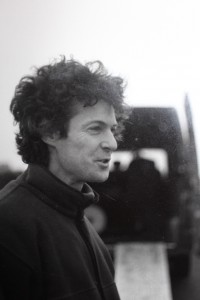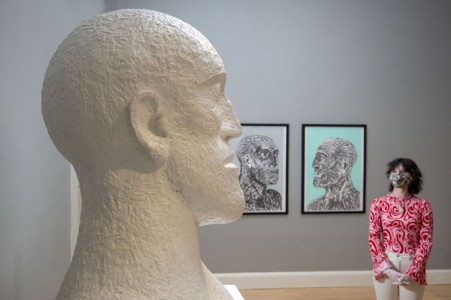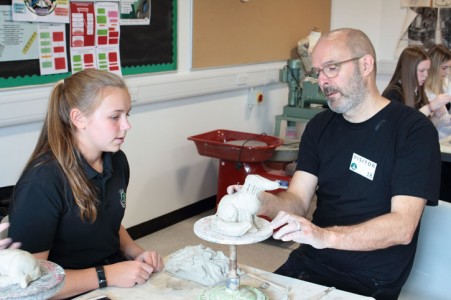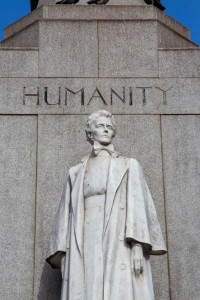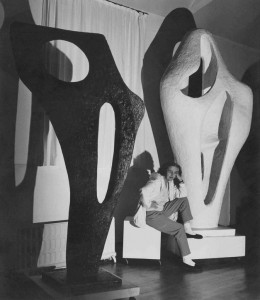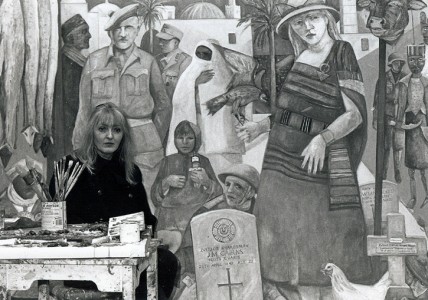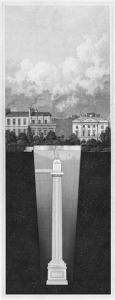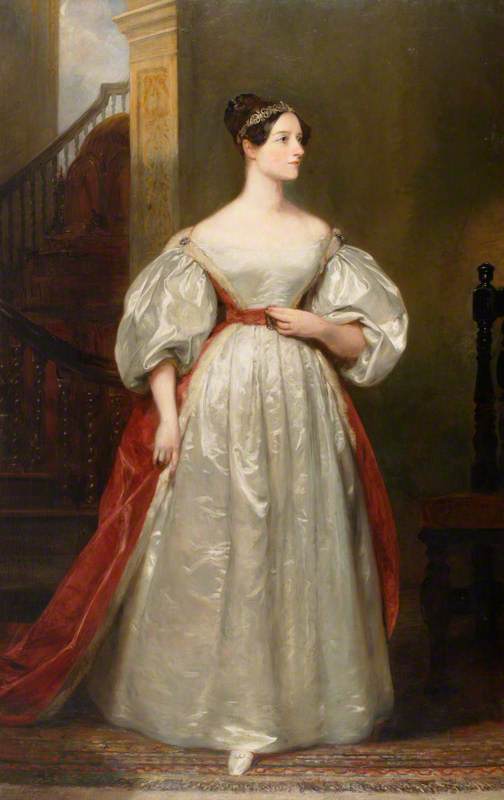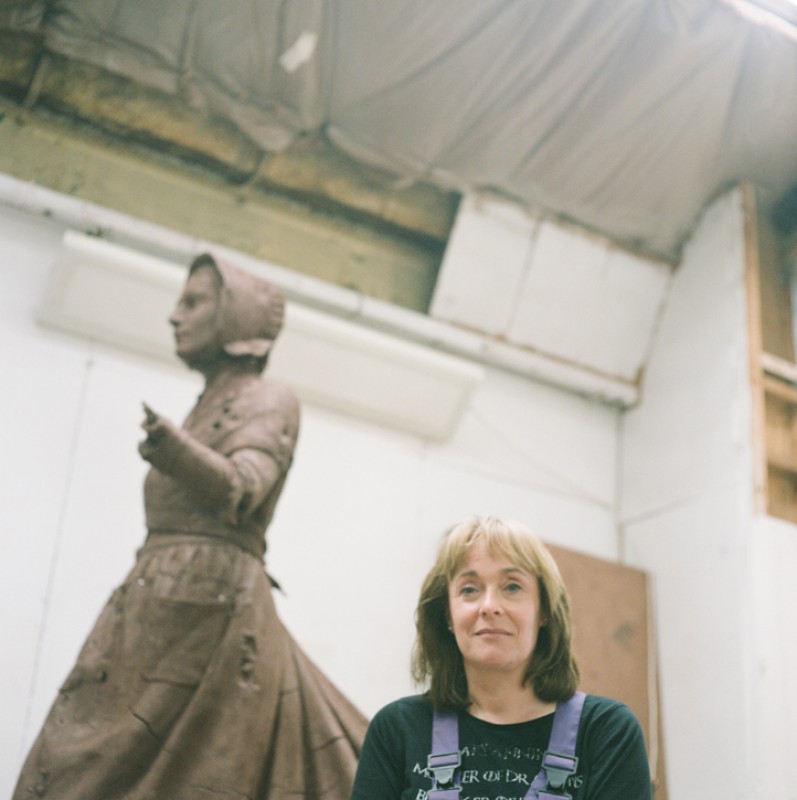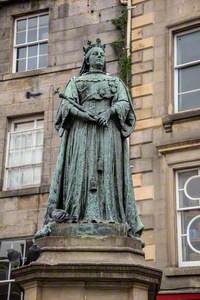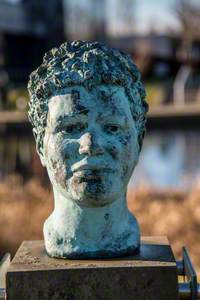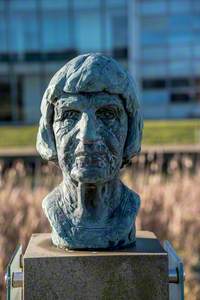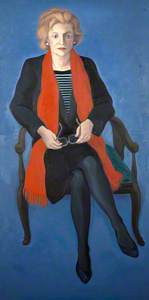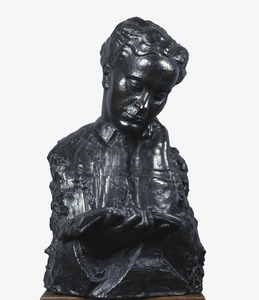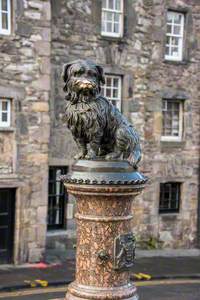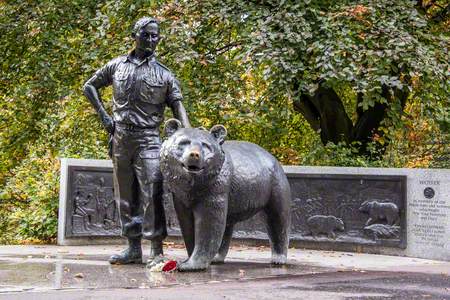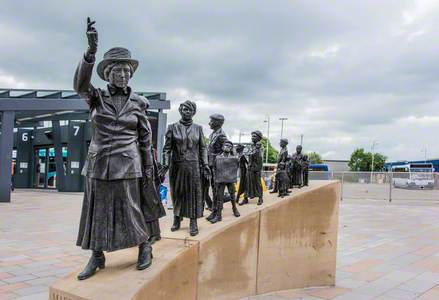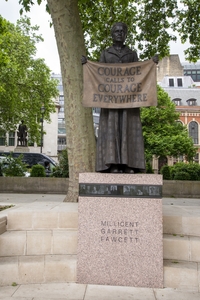Edinburgh's dramatic skyline is one of the most spectacular of any city in the world – for visitors emerging from Waverley station, it is dominated on one side by the Castle perched atop its famous rock, and on the other by the 60m-high Gothic spire of one of the Scottish capital's great public memorials.
The Scott Monument, built in 1846 to celebrate the life of Sir Walter Scott, is the largest monument to a writer anywhere in the world. At the base of the tower, the grand seated figure of Scott carved from Carrara marble casts a watchful eye over Princes Street – one of several public statues by the Scottish sculptor Sir John Steell commemorating the city's famous sons.
The spire is a grand and unapologetic display of the high regard in which Edinburgh holds its cultural heritage and the astonishing achievements of people from the city. From literary legends to architects, economists, philosophers, Enlightenment figures and scientists, it's impossible to walk far in the city centre without stumbling across a statue commemorating a man from Edinburgh whose life and work have had a major impact.
Queen Victoria (1819–1901)
1901–1907
John Rhind, A. B. Burton 
But what about the many women who have left a similar legacy? Edinburgh city centre currently has only five public outdoor statues of named women, and none is in the city centre: there is a bronze sculpture of Queen Victoria in Leith, pictured above, and a sculpture of Helen Crummy, a social activist, in Craigmillar on the outskirts of the city.
The other three form part of a series of 12 sculptures of Scottish poets at Edinburgh Park, a business park to the west of the city. They were commissioned by the park's developers, New Edinburgh Ltd. The three women depicted are the former makars Jackie Kay (pictured above) and Liz Lochhead, and the poet, novelist and campaigner Naomi Mitchison (below). A second cast of each of the busts was gifted to the National Galleries of Scotland.
Naomi Mitchison (1897–1999)
2003–2004
Archie Forrest 
So why are there no sculptures of Edinburgh's most influential women in the city centre? Where are the other women who have left a legacy to the city? For example, where are Sophia Jex-Blake and the Edinburgh Seven – the medical students who were the first women in the UK enrolled on a degree course, and who battled threats and angry street mobs to sit their exams? Their campaign put the rights of women to a university education on the political agenda, ultimately leading to a change in the law enabling women to qualify as doctors.
Sophia Louisa Jex-Blake (1840–1912), MD, MRCP
1865
Samuel Laurence (1812–1884) 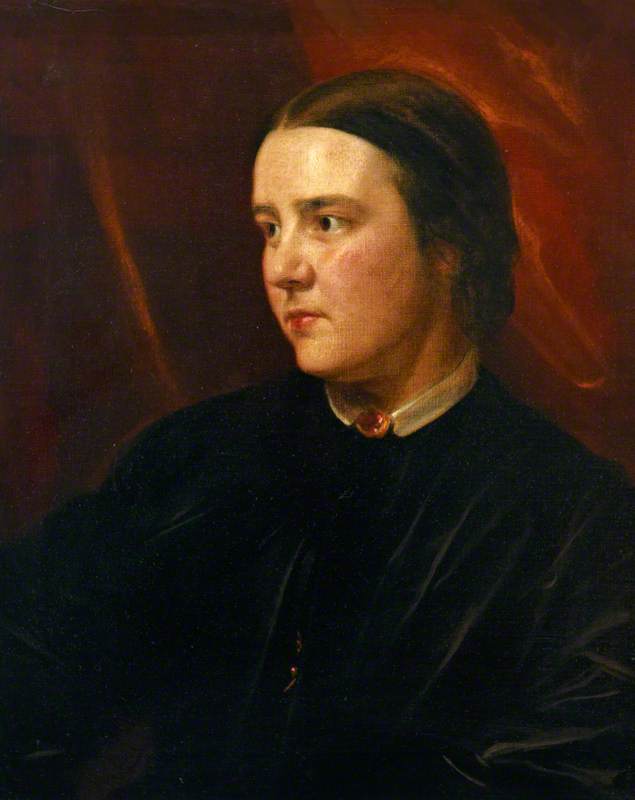
Or, as the first Unesco City of Literature, what about the city's other famous female literary figures? Such as Dame Muriel Spark, who is probably best known as the author of The Prime of Miss Jean Brodie, but is widely considered to be one of Britain's greatest writers?
There is currently a campaign underway for a statue of Elsie Inglis, the pioneering doctor and suffragist who, during the First World War, offered to serve in frontline hospitals, but was told by the War Office to 'go home and sit still'. Undeterred, Dr Inglis founded the Scottish Women's Hospitals, which ran 14 frontline facilities across Europe, staffed entirely by women who worked in the middle of some of the most dangerous and brutal campaigns of the war.
That sculpture is expected to be installed on the High Street, part of the Royal Mile in Edinburgh, in 2024.
Dr Elsie Maud Inglis (1864–1917), Physician and Surgeon
1918
Ivan Meštrović 
There are currently more public statues of named animals than of women in the centre of Edinburgh. The statue of Greyfriars Bobby, the loyal Skye terrier who famously mourned at his master's grave for 14 years, is one of the biggest tourist attractions in the city – even though it has been claimed that the story was a hoax.
Along with Wojtek the Bear and the unusually-named 'Bum' the Dog, Bobby completes a trio of statues to named animals that outnumbers those to women in the city centre (four named animals if you include Scott's dog, Maida, who is included in his monument).
Wojtek the Soldier Bear Memorial
2010–2015
Alan Beattie Herriot, Powderhall Bronze, Morris and Steedman Associates 
Edinburgh isn't the only city with a lack of public sculptures of women, though several were commissioned and installed for the centenary in 2018 of some women gaining the right to vote. A statue of Mary Barbour, the political activist, was unveiled that year in Govan, Glasgow.
In the same year, a statue by Gillian Wearing of suffragist leader Millicent Fawcett became the first to a woman in Parliament Square in London, while a statue by Hazel Reeves of suffragette leader Emmeline Pankhurst was unveiled in Manchester that December.
Millicent Garrett Fawcett (1847–1929)
2018
Gillian Wearing 
Rhona Taylor, Commissioning Editor (Scotland), Art UK, and former Edinburgh coordinator on the Art UK Sculpture Project
This article was originally published on Art UK in 2018, and has been updated to reflect the commissioning of new public sculptures

